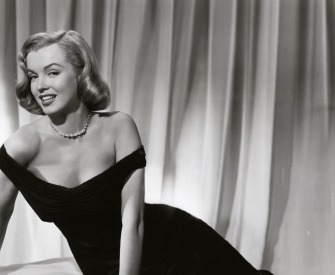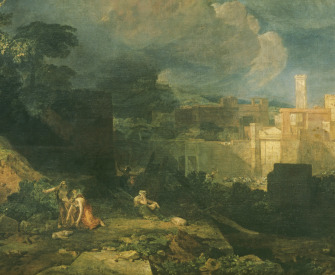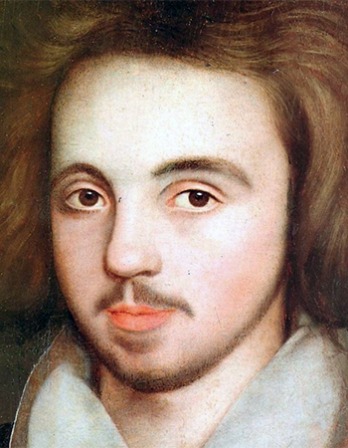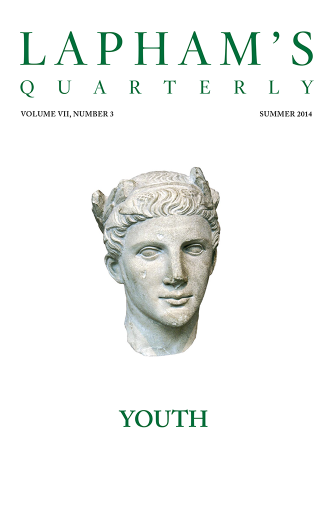Who draws his sword against his prince must throw away the scabbard.
—James Howell, 1659Missed Opportunity
For Thomas Edison, education before entertainment.
They say they are spending a million dollars nowadays to make just one big picture. If I had been told in the days of our first movie studio that anybody would spend a million dollars to produce a single film, I don’t know whether I would have swallowed it or not. It would have been some effort.
It may seem curious, but the money end of the movies never hit me the hardest. The feature that did appeal to me about the whole thing was the educational possibilities I thought I could see. I had some glowing dreams about what the camera could be made to do and ought to do in teaching the world things it needed to know—teaching it in a more vivid, direct way.
I figured that after the novelty wore off, the camera would either be taken up by the big educators and pushed as a new agency in the schools—or that it would be developed mostly along straight amusement lines for entertainment and commercial purposes. I guess up to date the entertainment and commercial purposes have won.
A good many people seemed to wonder why I did so—maybe they still wonder. But the answer is simple enough. I was an inventor—an experimenter. I wasn’t a theatrical producer. And I had no ambitions to become one.
If, on the other hand, the educational uses of the camera had come more to the front, as I had hoped, and I had seen an opportunity to develop some new ideas along those lines, my story as a producer might have been very different. I should have been far more interested in going on.
Do you know that one of my first thoughts for the motion-picture camera was to combine it with the phonograph? In fact, that was what primarily interested me in motion pictures—the hope of developing something that would do for the eye what the phonograph did for the ear.
My plan was to synchronize the camera and the phonograph so as to record sounds when the pictures were made, and reproduce the two in harmony. As a matter of fact, we did a lot of work along this line, and my talking pictures were shown in many theaters in the United States and foreign countries. I even worked on the possibility of an entire performance of grand opera, for example, being given in this way.
Another thought I had was that such a dual arrangement might record both the lives and the voices of the great men and women of the world. Can you realize the tremendous impetus this would be to the study of history and economics?
They are producing pictures of this kind now, I understand, by photographing and reproducing the sound waves. We were working, of course, from an entirely different angle—but we had the first of the so-called talking pictures in our laboratory thirty years ago.
We might have developed them into a greater commercial circulation if we had kept on—but I was interested in the educational and not the entertainment field. When the educators failed to respond I lost interest. What I had in mind was a bit ahead of the times, maybe. The world wasn’t ready for the kind of education I had pictured.
Maybe I’m wrong, but I should say that in ten years textbooks as the principal medium of teaching will be as obsolete as the horse and carriage are now. I believe that in the next ten years visual education—the imparting of exact information through the motion-picture camera—will be a matter of course in all of our schools. The printed lesson will be largely supplemental—not paramount.
From The Diary and Sundry Observations of Thomas Alva Edison. Edited by Dagobert D. Runes. New York: Philosophical Library, 1948. © 1948 by Philosophical Library, Inc. Used with permission of Philosophical Library, Inc.

Thomas Alva Edison
From “Moving Pictures and the Arts.” Some of the early films that Edison produced out of his Black Maria studio featured boxing matches, Japanese dancers, and Buffalo Bill Cody with Native Americans. Among other things, he invented the phonograph, incandescent lighting, and the carbon-button transmitter used in telephones. In 1880 he founded the Edison Electric Illuminating Company of New York and helped to fund the first issue of the journal Science. He died at the age of eighty-four in 1931.




